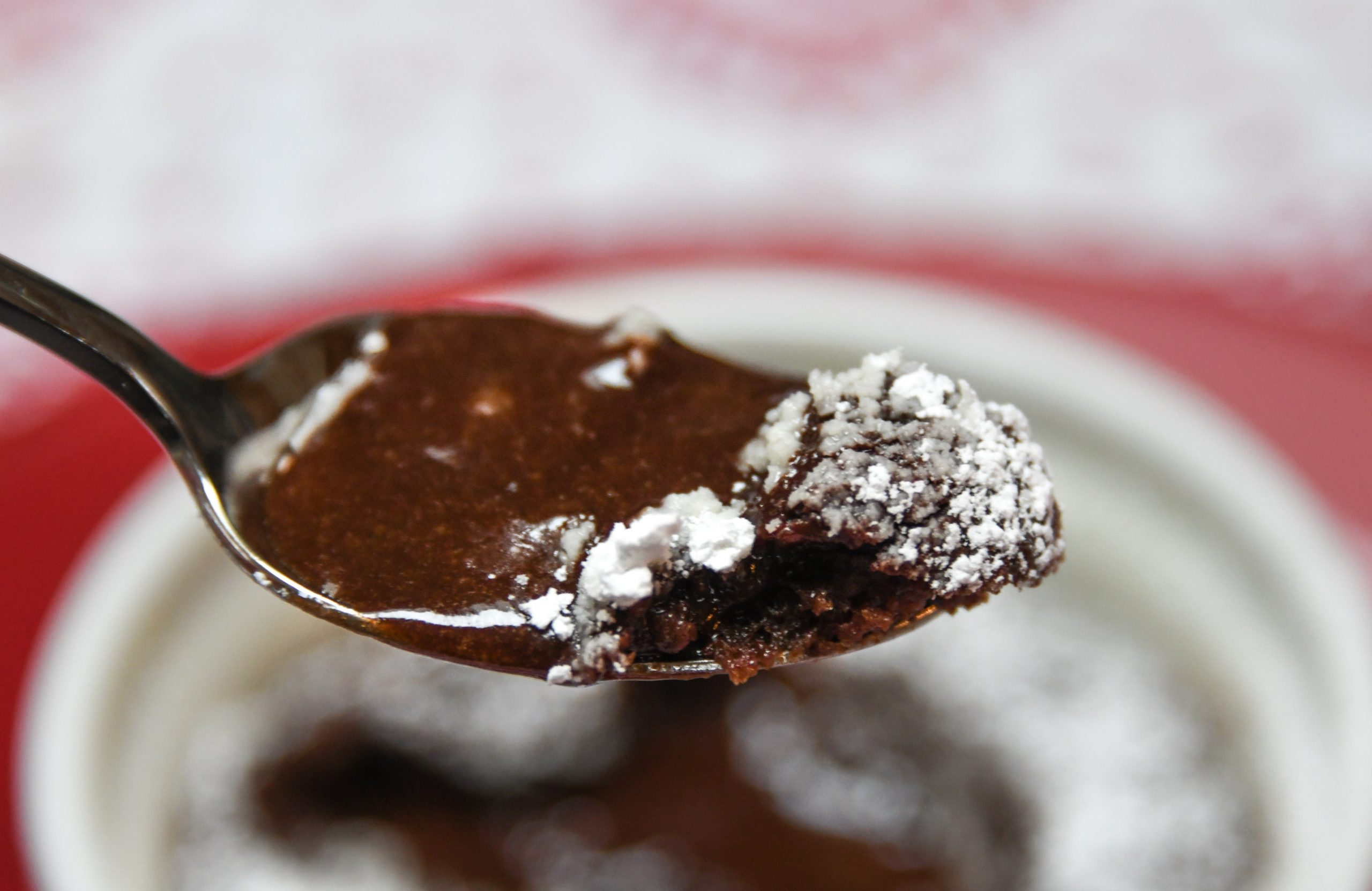Good Reads, Great Gifts
I confess — I’ve struggled with a lifelong addiction to books. You need only look at my overflowing bookshelves, desk, nightstand, coffee table . . . really any flat surface in my house and you will see the ridiculous number of books on which I’ve become hooked. Culinary narratives are invariably part of my stash. Call it an occupational hazard or personal weakness but I just can’t escape the lure of food writing. Below are the high points of my 2011 culinary reading list. Some are recent releases. A few are a bit older. All would make great gifts for the food lovers and ardent home cooks in your life. Look for these titles at your local independent bookstores or online from such independent sellers as Kitchen Arts and Letters, Powell’s and The Strand. A Day at El Bulli by Ferran Adria (Phaidon Press, 2008) Although Chef Ferran Adria has shuttered his world-renowned restaurant, you can still get a glimpse inside his temple to molecular gastronomy, El Bulli. A Day at El Bulli provides 600 …
